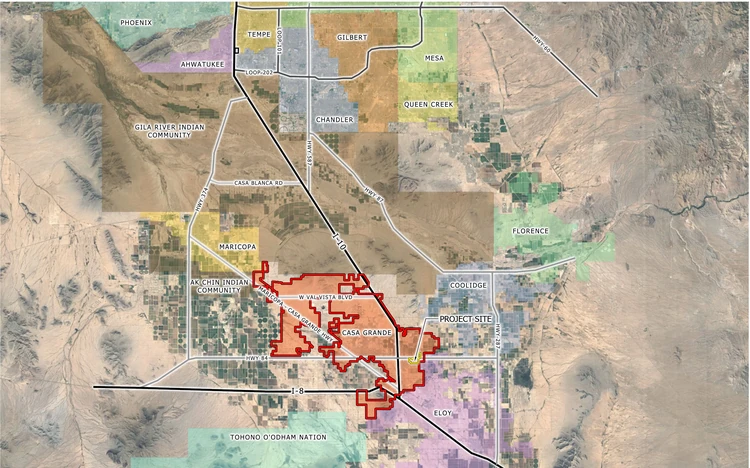Sandhill cranes migrate through Colorado’s San Luis Valley.
Brandon Loomis
Arizona Republic
PIUTE FARMS WATERFALL, Utah — The muddy San Juan River plunged over a waterfall on its final push toward Lake Powell, trapping endangered fish in the whorl of driftwood, plastic foam and trash that heaved in the eddy below.
This sedimentary hurdle in the river’s path didn’t exist before the government dammed the Colorado River downstream at Glen Canyon in 1963, creating Lake Powell. Water backed up past this remote expanse of rippling Navajo Nation desert shore, a point accessible by horse, boat or high-clearance vehicle. Decades of silt piled up below the surface. Then amid drought and overuse, the still water receded and left the San Juan, a tributary of the Colorado, to slice a new course through the mud and create the waterfall.
As temperatures started their seasonal rise in March, native suckers swam up from Lake Powell seeking more natural spawning beds in the river. Instead, they hit an 18-foot wall they couldn’t pass without help in the form of orange Home Depot buckets. Once contained, their tails flopped from the rims, and the unexpected assist rendered a telling portrait of the ecological damage control America must employ to squeeze a semblance of nature from one of its most used and abused river systems.
Like most of the Colorado River and its feeder streams — from diverted headwaters to denuded delta — nature here needs a hand from humans if it is to survive what humans have done to it. River flows that already were overallocated for farms and cities have declined by double-digit percentages and temperatures have risen over the last century, drying precipitously since 2000. Climate scientists expect the long-term average flows to continue shrinking in the coming decades.








